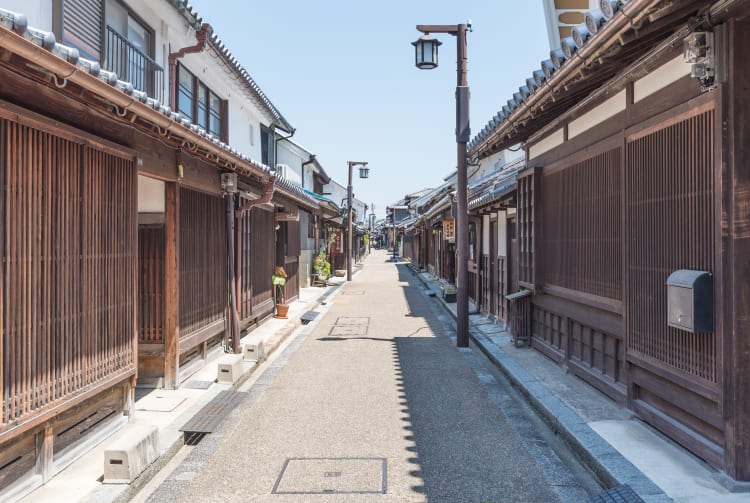The site of one of Japan's earliest, grandest imperial capitals
Kashihara in suburban Nara Prefecture is a quiet place steeped in history and conveniently close to another ancient capital, Asuka.
Don't Miss
- The grand Kashihara-jingu Shrine
- The picturesque old merchant town of Imaicho
How to Get There
Kashihara is accessible by train to Kashihara-jingu-mae Station.
From Kyoto: From Kyoto Station take the Kintetsu Line, which has a rapid express train that reaches Kashihara-jingu-mae in about an hour.
From Osaka: From Abenohashi Station in Osaka, it takes an hour on the Kintetsu Minami-Osaka Line to reach Kashihara-jingu-mae Station.
From Nara: From Kintetsu Nara Station, it takes about 50 minutes on the Kintetsu Line to reach Kashihara-jingu-mae Station via Yamato-Saidaiji.
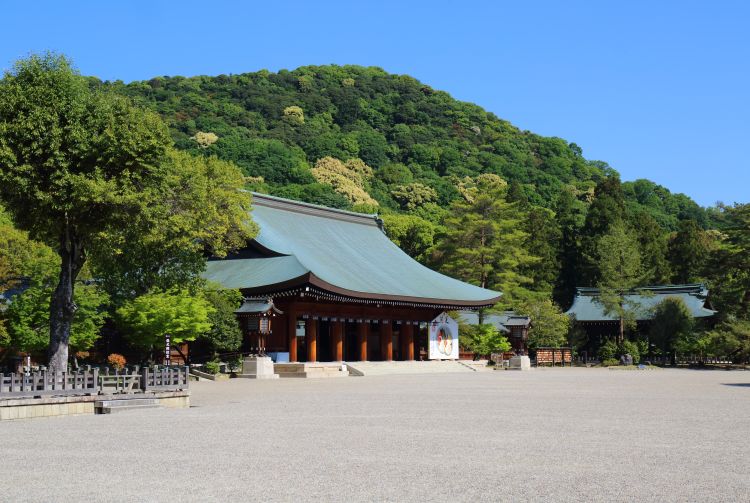
Discover Kashihara's transition through 1,000 years of history
Fujiwara-kyo was the imperial capital for a mere 16 years between 694 and 710. The imperial palace site is now covered by fields of seasonal flowers. Fujiwara Information Center offers a look at the area's past.
The Three Mountains of Yamato
The Three Mountains of Yamato of Mt. Kagu, Mt. Unebi and Mt. Miminashi were all part of the ancient capital. They are celebrated in some of the oldest poetry anthologies and are still linked by pleasant walking trails.
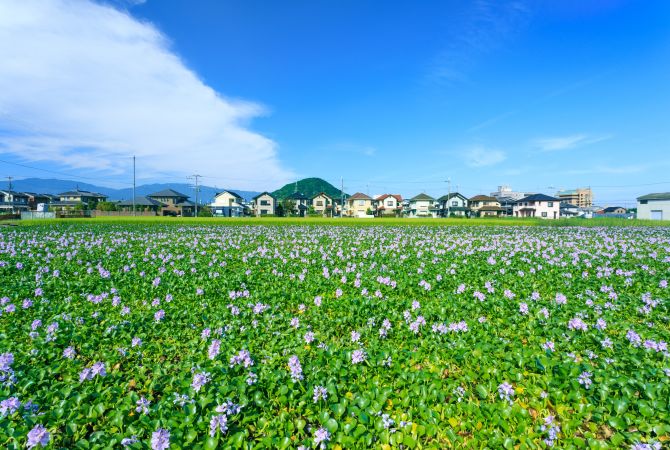

Kashihara-jingu-mae
From Kashihara-jingu-mae Station, you can reach Kashihara-jingu Shrine within a few minutes on foot. It is dedicated to the first emperor of Japan, Jimmu, and the site is hailed as the spot where he was enthroned. After visiting the shrine building, stroll in its peaceful surroundings, which include the Fukada-ike Pond.
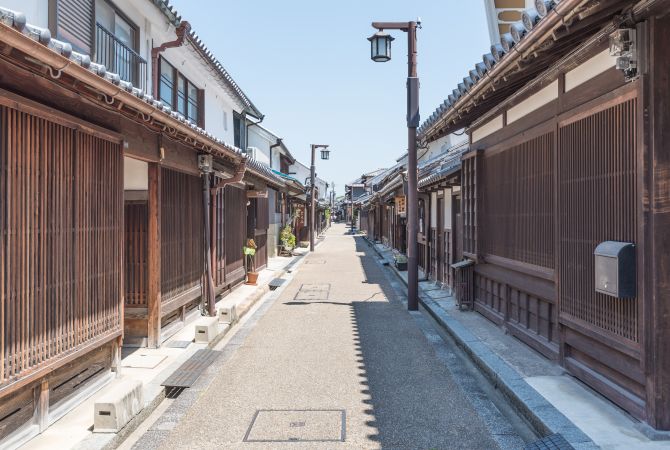
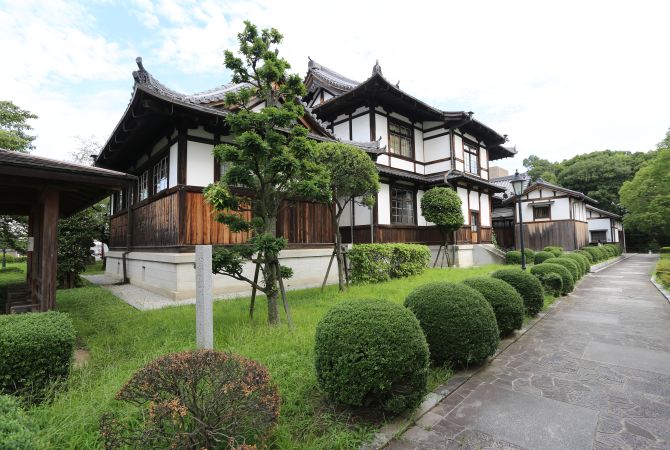
Edo-period town Imai-cho
Skip forward ten centuries and you find Imaicho , a mere 20-minute walk north of the shrine. This atmospheric Edo-period merchant town has some 500 traditional buildings still intact, many of which have been converted into shops and cafes.
Kashihara is a short train ride away from the archaeological sites, temples, and burial mounds at Asuka , which served as the capital prior to Fujiwara-kyo.




















































